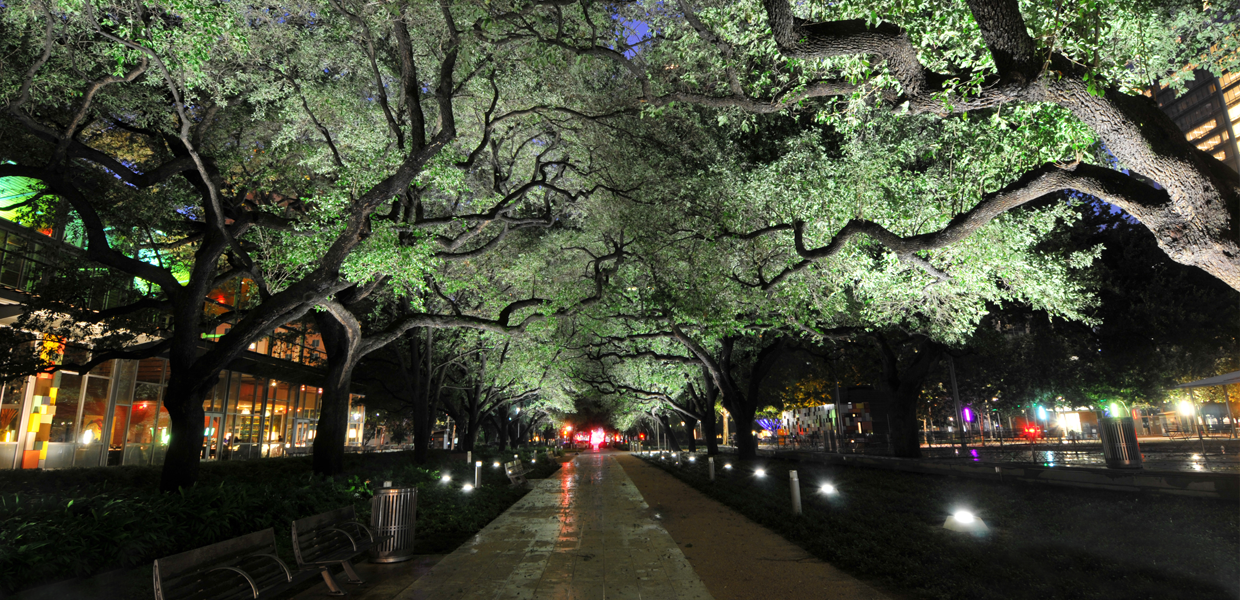
philosophy
Quite simply, no piece of architecture could function without light, whether electric or natural. Light defines the way in which we see architecture -the forms and volumes, the entryways, circulation and gathering spaces, the carefully chosen colors and textures- all of these can read drastically differently under different lighting conditions. And of course without any light, they become invisible. Lighting is a key element in defining a space and should be treated as such. But enough of the poetics... how does our philosophy translate into real jobs?
the role of lighting in architecture
We believe that in the majority of projects, lighting does not play the lead role. It plays an important support role, but a support role nonetheless. At its best, lighting seamlessly integrates into the architecture, helping the designers realize their vision for the space. Uplighting soaring volumes of a church, bringing a soft warm light to an intimate restaurant, punches of light marking entrances and wayfinding for a corporate campus, classroom lighting that dims and brightens with the daylight for an energy conscious school-these are all important ways that lighting supports the larger vision.
the issue of sustainability
With each and every project we strive to be the best stewards that we can, regarding energy consumption, controls that support efficiency, and waste reduction. That said, the sustainability movement has created many waves of new technologies and products, as companies try to capitalize on new advances, and we try to look at each with a critical eye. If an entire fixture has to be thrown away when the lamp burns out, is that still a green alternative? Is lower wattage always the right answer or should we solely look at efficiency? There are no simple answers, but we believe that asking tough questions is part of being a good designer.
our role as members of the design team
As members of the design team we strive to support the larger vision including collaborating on an exceptional design, meeting the timelines set, and doing it within the allowed budget. We enjoy our jobs as designers and welcome the unique opportunities that each project brings. If we need to apply our knowledge creatively and think outside the box to meet a client's budget and timeline, that is what we will do. In fact we welcome the challenge.
Lighting design is both art and science. We strive to bring our comprehensive knowledge of both to every job, knowing that it is the skillful combination of these two disciplines which creates the most exceptional results.
